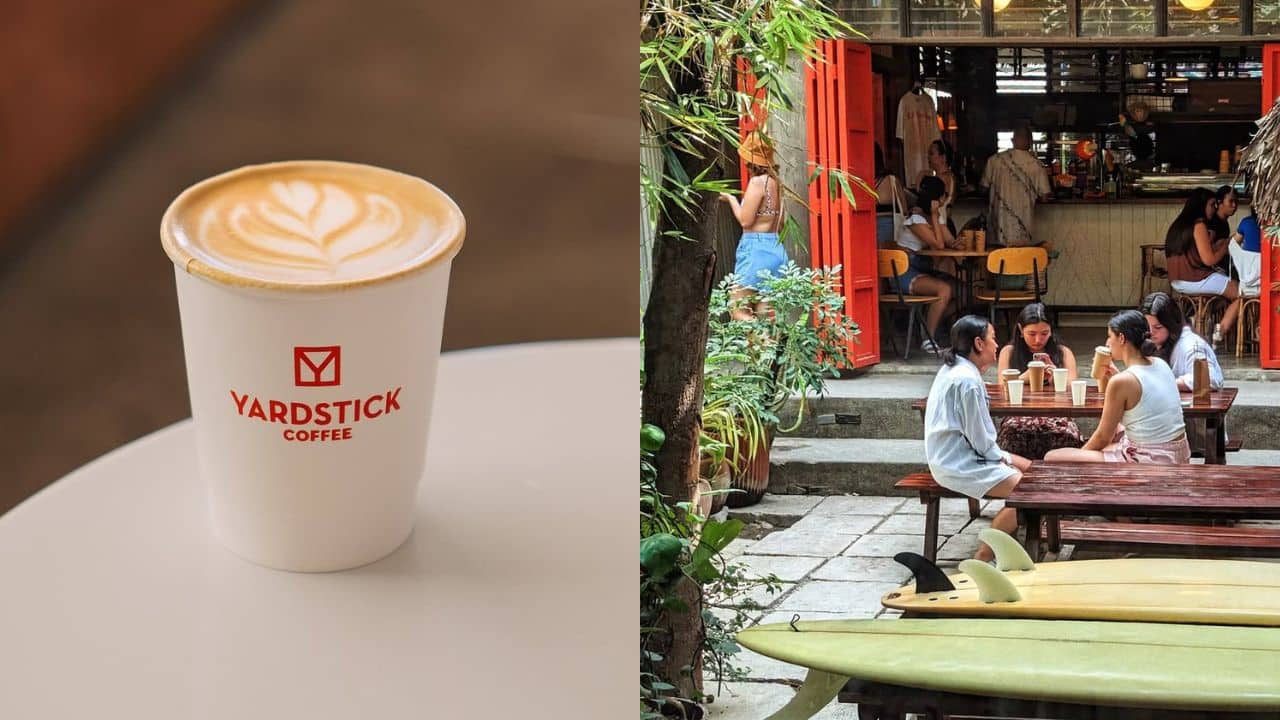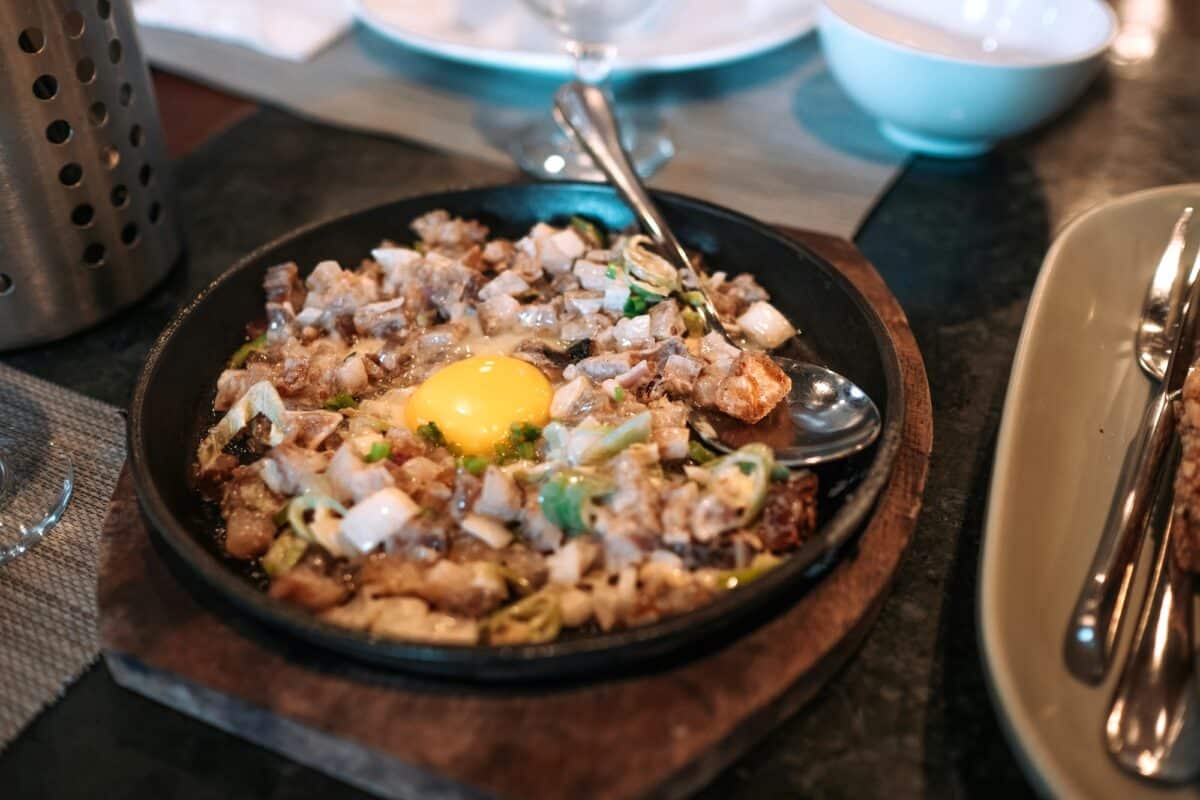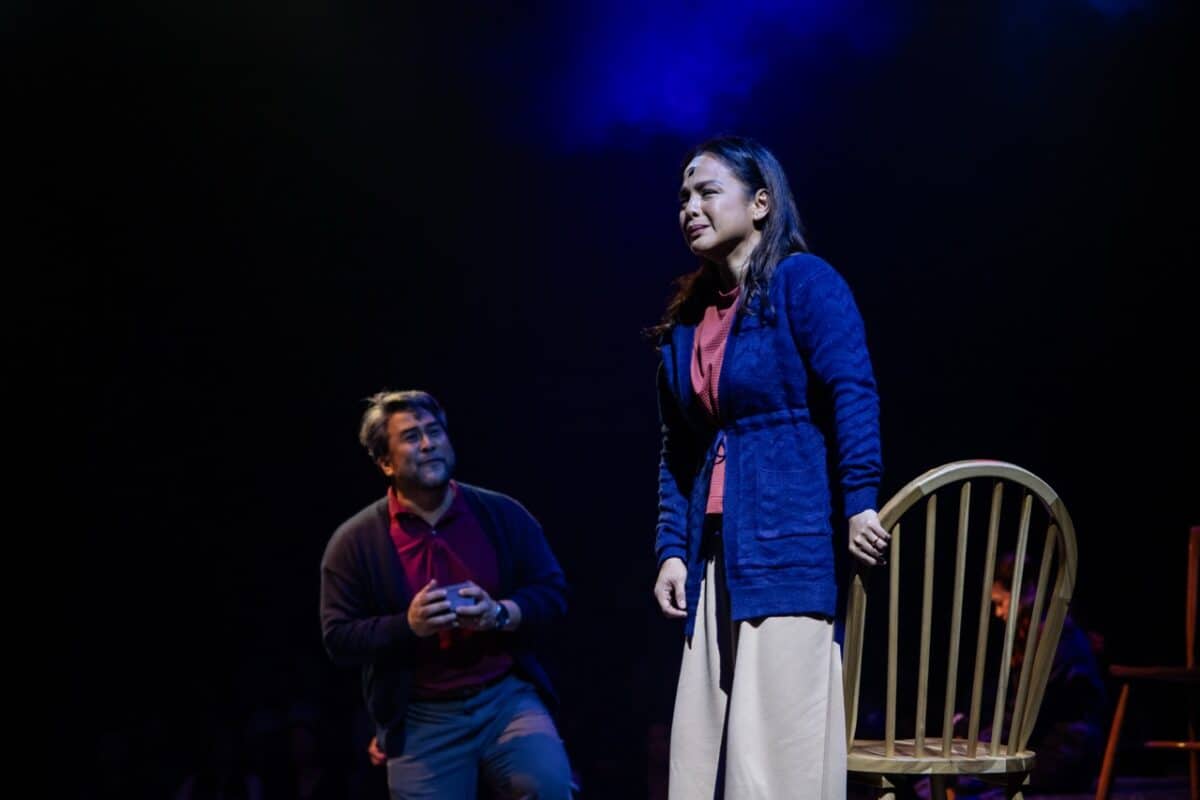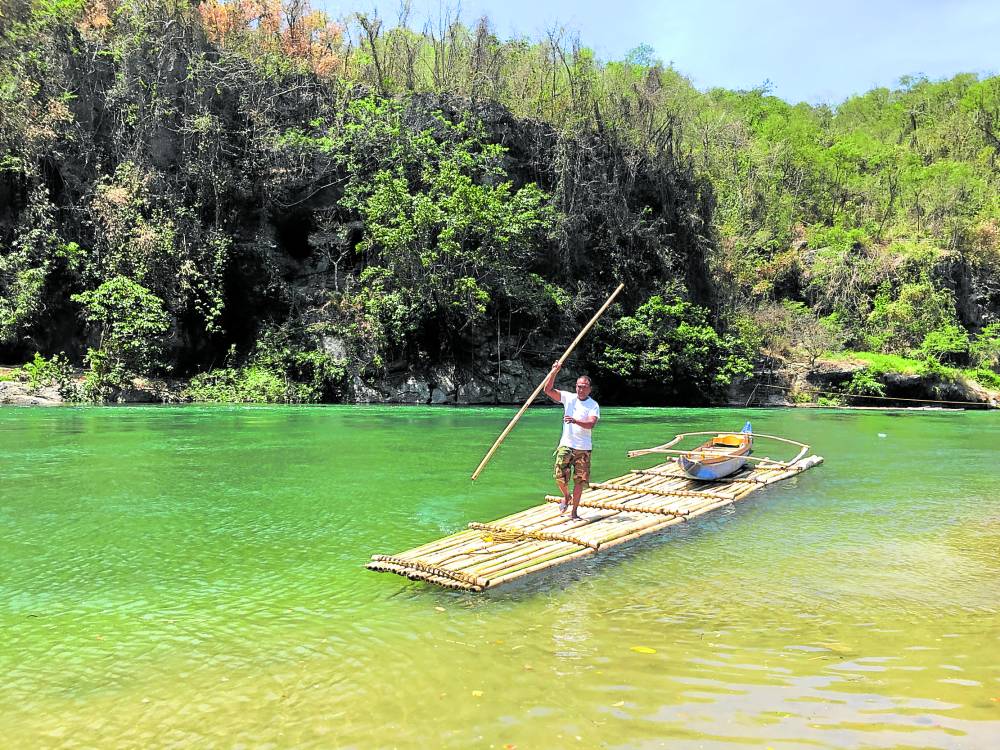
Often branded as maalikabok (dusty) due to the presence of cement factories, the town of Norzagaray, at the foothills of the great Sierra Madre Mountain Range in Bulacan, strives to regenerate itself in all aspects, focusing on its histo-cultural and natural strengths.
It may be home to these factories, but, “We can say it is the builder of the world,” said Bulacan historian Jaime Corpuz, author of the recently launched book “Casaysayan ng Norzagaray: año 1860.”
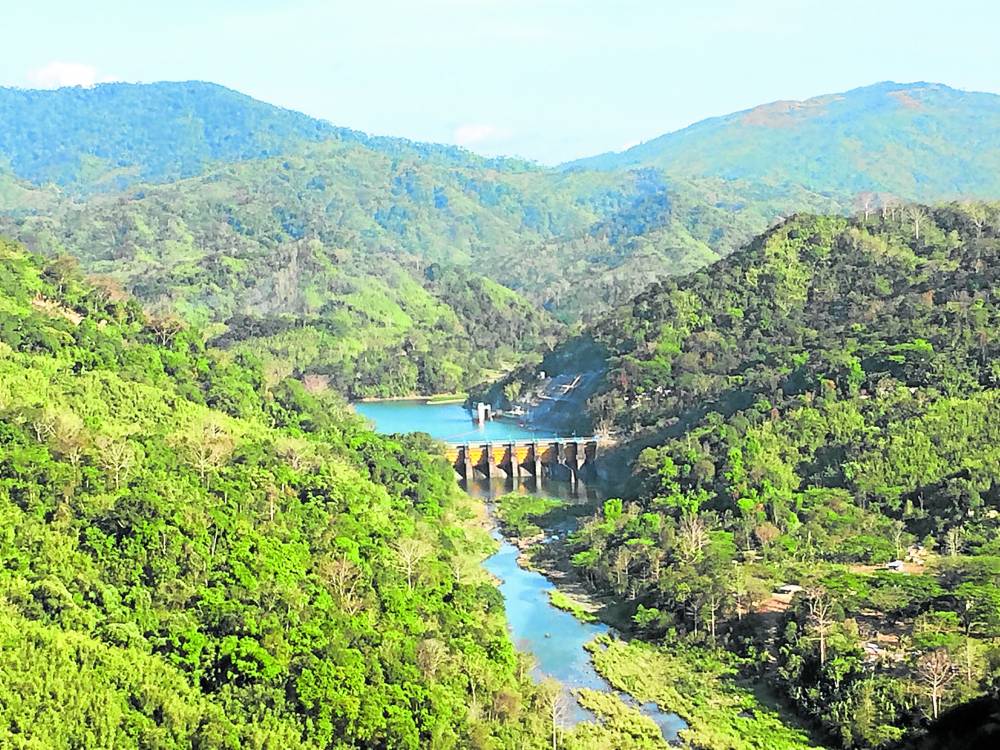
Corpuz said that apart from these, the town is also a giver of life by providing water to Metro Manila and nearby areas through two dams: Angat and Ipo.
It is also a wellspring of indigenous culture, as it is home to the Dumagat ethnic group and those called Dumagat-Remontado, who were born with Dumagat and non-Dumagat parents.
In 2011, with the help of Corpuz, the local council formed, through a legislation by then councilor Art Legaspi, the Norzagaray Culture, History, Arts and Tourism Council, tasked to identify and promote the cultural and natural assets of the town in various programs and activities.
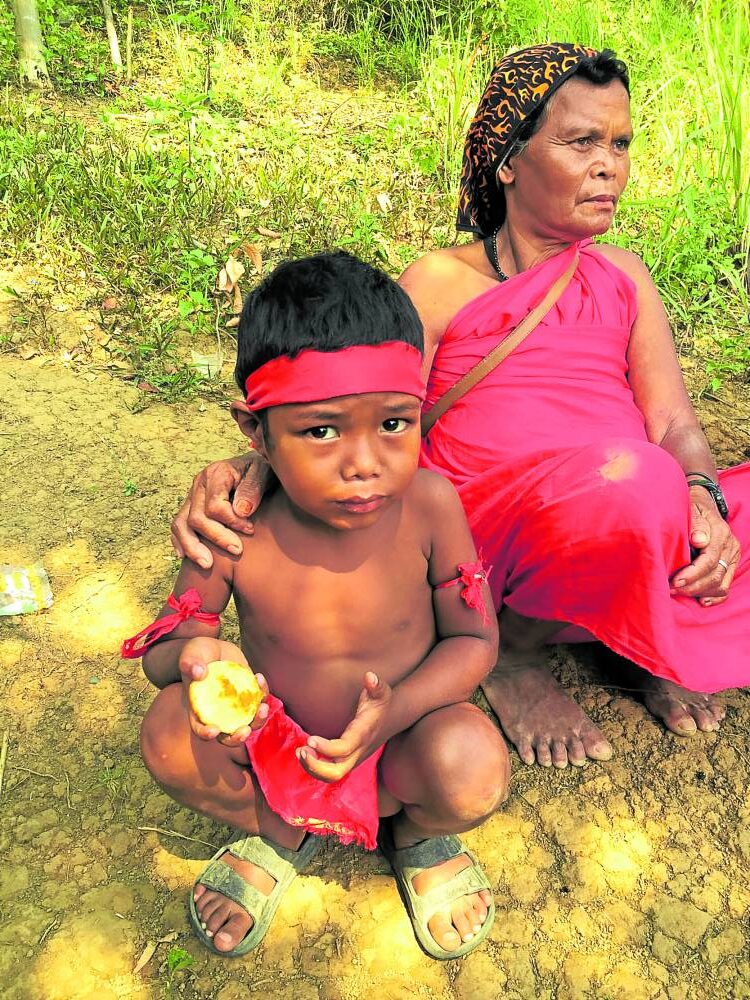
Natural beauty
Its first undertaking was a townwide cultural mapping project, which resulted in the staging of the Casaysayan Festival, an annual celebration of its history, culture and heritage.
The council was replaced in 2021, under the administration of Mayor Ma. Elena Germar, by the Municipal Tourism and Promotion Council, with the same goal of advancing the town’s heritage tourism potential.
Situated on the eastern portion of Bulacan province and the southwest portion of the Sierra Madre, the town boasts of a virginal and unique landscape that does not require monikers based on other places just to entice visitors.
Sections of the Angat River, which runs through the town, are popular among locals and tourists alike, featuring riverside swimming and picnic areas with many privately owned indigenous cottages offering shade and temporary shelter to visitors.
Depending on their location, these riverside resorts plus the beautiful natural features are reached either by using a vehicle, by foot or by boat.
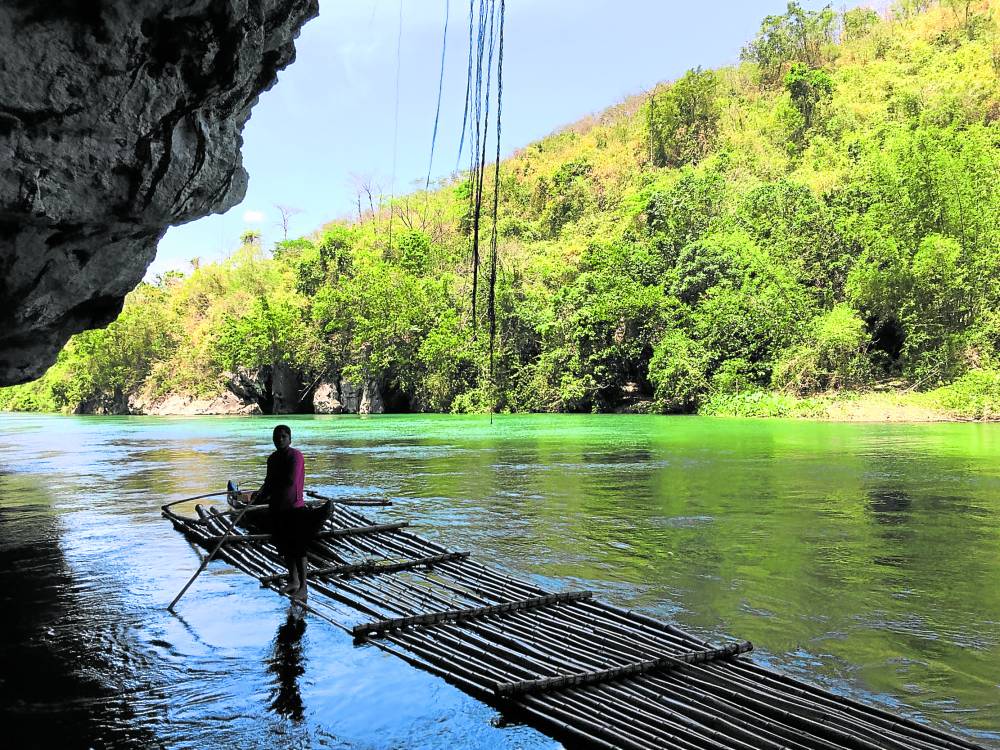
A fantastic example is an area of the Maramo River in Barangay Baraka where a cave—actually more of a rock shelter—is located.
This unique geographic feature has stalactite and stalagmite formations and a natural observation deck, offering a commanding view of the verdant surroundings and the clean, clear and cool translucent waters of the river, which is also called Bitbit, Pakiling, Mangsangla, Balugan, Bakas, Matictic and Lawasan, depending where the Angat River runs through. This means it is just one Angat River, but is called different names by the locals. Downstream, it is called Baliuag and Quingua (Plaridel) as it passes through these towns before joining the Pampanga River in Calumpit.
Pinagrealan Cave
Dotted along the Angat River in Norzagaray are caves that were used as hideouts of the Japanese Imperial Army during World War II.
According to locals, these caves have yielded firearms, personal belongings, and even human remains in the past.
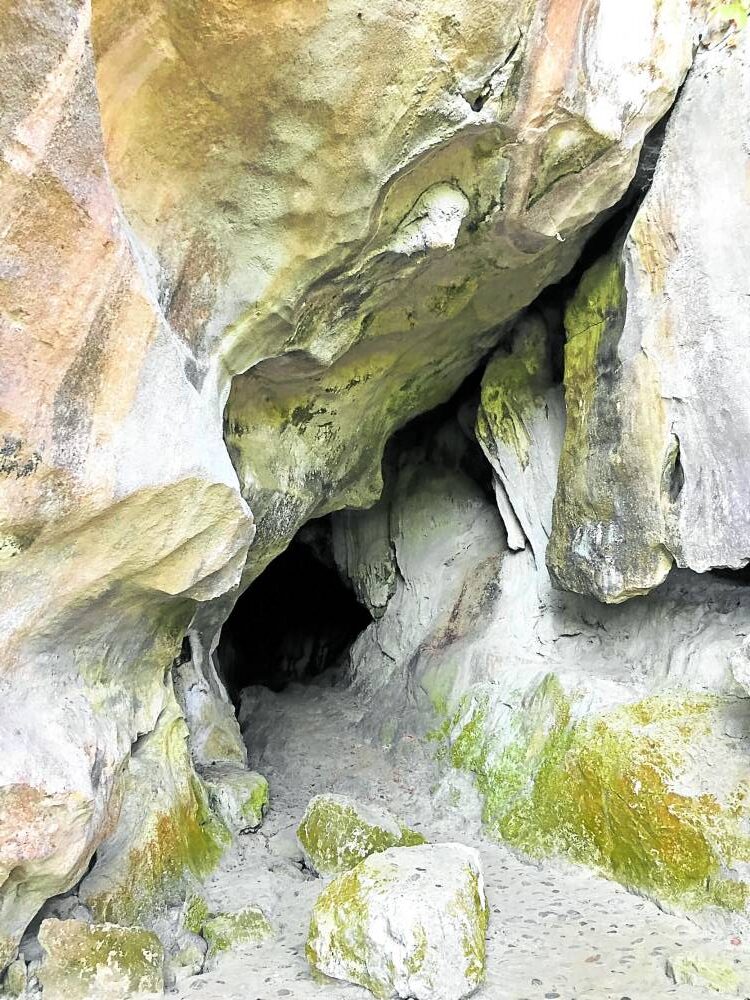
An important cave in town is the one called Pinagrealan (formerly Minuyan) in Barangay Minuyan (now in Bigte), the headquarters of local revolutionaries led by Sinfroso de la Cruz during the revolution of 1896 to 1897.
De la Cruz and his company figured in several battles during that time in Nozagaray and in neighboring San Jose and Angat.
The cave also became the headquarters of Gen. Emilio Aguinaldo and Gen. Pio del Pilar during the revolution against Spain, with a cuartel and a makeshift hospital outside.
In Minuyan, Dominican priest Valentin Marin noted in his 1901 two-volume book on the religious orders in the Philippines that there were medicinal waters discovered by Fr. Mariano Gil, parish priest in 1877 and 1879. This has since been forgotten.
Built environment
Almost nothing has survived in terms of its built heritage except for a number of mid-20th century structures, such as the municipal building, monument of Sinfroso de la Cruz, and a handful of houses.
This was mainly due to the conflagration in 1959 allegedly caused by the combustible sap called adyangao of the layeng (Kokoona ochracea) tree.
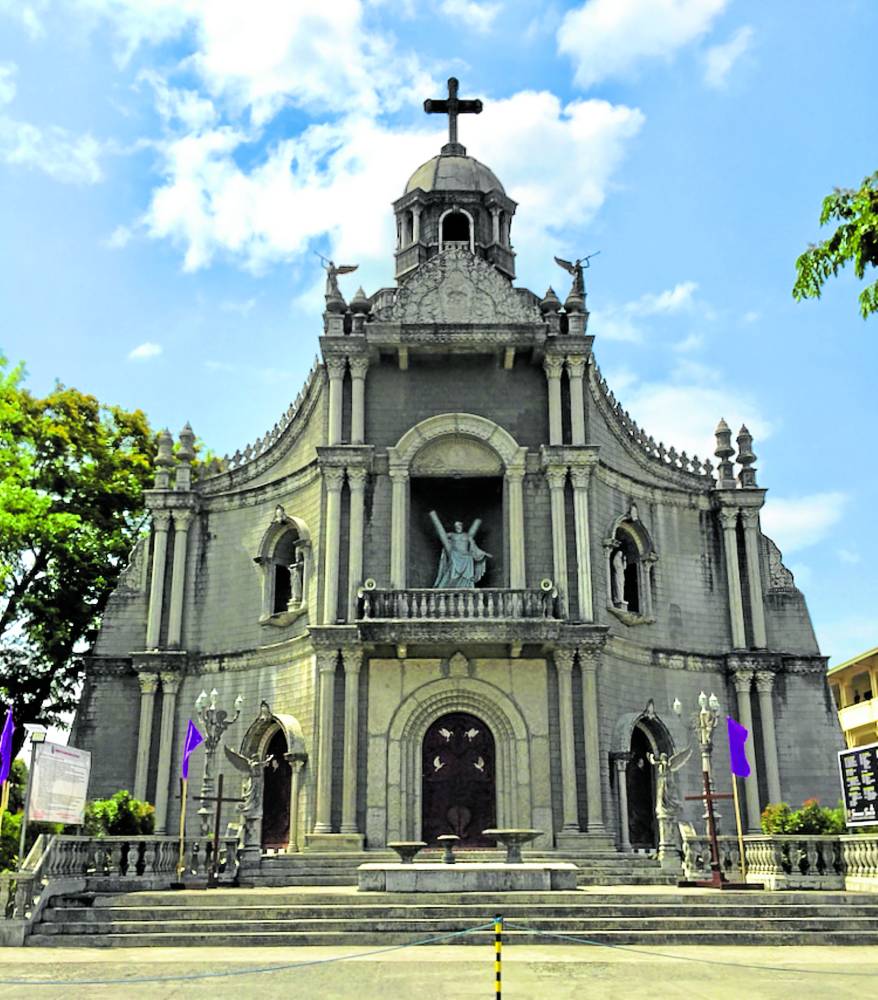
As to its church, which, along with the cemetery, was described as a “well-built work,” it was built by the Augustinian priest Nicolas Zugadi, parish priest from 1875 to 1877.
The convent was built by Fr. Leocadio Sanchez, also an Augustinian, in 1891, but was destroyed by fire along with the church the same year.
Sanchez rebuilt the church some time in 1892 to 1893, only for it to be destroyed by fire again before 1901 or during the Philippine-American War.
It was built again, damaged by the 1959 fire, reconstructed in 1961 with its facade modified several times, until its Spanish era-inspired reincarnation was completed in 2018.
Other heritage structures in town include a handful of houses, including those dating back to the 1930s, such as the homes of Juan San Pedro, Abundio Cruz, and Gregorio Gener, and other American period structures such as the Angat Dam, Poblacion-Bitungol Bridge, and the aguas potables.
Heritage cemeteries

Just at the back of the aguas potables, located at the municipal hall complex, are remnants of the Aglipay Cemetery built possibly in the 1920s.
Its few extant tombs were rediscovered in 2011 by municipal council secretary Merlita Macatangay, whose parents and relatives belong to the Iglesia Filipina Independiente founded by Isabelo de los Reyes and Gregorio Aglipay in 1902.
As to its Catholic cemetery, its Spanish-era layout, probably an octagonal or a circular one, can still be gleaned today, although much has been changed already.
There are at least three tombs in this cemetery in the same design as those found in the Aglipay cemetery. These tombs, plus at least two other ones of different designs, date back to the American colonial period.

Rather new to the town is the Muslim Cemetery in Minuyan, a 1-ha property donated to the foundation of actor and now Sen. Robin Padilla by Hadji Solaiman Marahombsar, a native of Maguing, Lanao del Sur, and his Garayeño wife Elvira Cruz.
Padilla then raised funds for the cemetery, which opened in 2012. The land was originally planned as a housing area for less fortunate Muslims.
Few graves still have sunduk or grave markers made either from wood, cement, or marble, but are artistically muted compared to their Mindanao counterparts.
Food culture
In the field of culinary heritage, the town boasts interesting dishes such as the tinumis garay, a blood stew using young tamarind leaves as souring agent with papaya; a version of the vegetable dish bulanglang with unique ingredients such as the himbabao (Broussonetia luzonica), camachile (Pithecellobium dulce), peanut, and ripe guava fruit of the kalimbahin (pink) variety, and the thin-fat crispy pata.
It also has native delicacies such as ube halaya, biko, cassava cake, inangit and lansong, best paired with avocado tea. Also notable are its kesong puti and fresh milk placed inside reused gin bottles.
Octogenarian Peñafrancia Mangahas and sexagenarian Revelita Ramos are two of the town’s purveyors of its culinary patrimony.
With all these, Norzagaray has a big tourism potential that needs to be properly tapped, and systemic tourism planning is needed to address capacity, waste management and unlawful acts in many of its sites. —CONTRIBUTED




